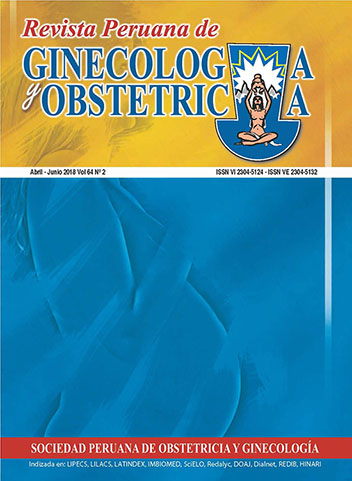Clinical and surgical simulation in medical education: Application in obstetrics and ginecology
DOI:
https://doi.org/10.31403/rpgo.v64i2084Abstract
Education through the use of simulators has become a method for teaching and assessment that provides systematic training to participants with the aim of improving patient safety. Simulators were initially used for the training of aviation pilots. The first simulators portrayed some patients’ conditions, then they incorporated heart and respiratory sounds, and were used for training in certain emergencies. Currently, simulators contain various third and fourth generation computerized systems that include tactile, auditory and visual sensation, and are used in initial tests and in formative evaluation processes. Their main feature is the development of competencies through an increase in difficulty and subsequent feedback to identify the impact of the experience and improve performance. Simulation can be incorporated in the development of a course or within a curriculum and its inclusion is facilitated by defined objectives. There is a recent need to conduct research to determine the intensity, duration and range of difficulty of the experiences with the use of simulators, as well as to establish appropriate domain standards for procedures and clinical skills. Simulation should be incorporated as a complement to clinical exposure since it allows obtaining better results compared to traditional education. It is increasingly used as a tool for professional accreditation and to maintain certification.Downloads
Download data is not yet available.
Downloads
Published
2018-07-16
How to Cite
Matzumura Kasano, J. P., León Gamarra, H. M., & Gutiérrez Crespo, H. F. (2018). Clinical and surgical simulation in medical education: Application in obstetrics and ginecology. The Peruvian Journal of Gynecology and Obstetrics, 64(2), 239–248. https://doi.org/10.31403/rpgo.v64i2084
Issue
Section
Educación Médica
















